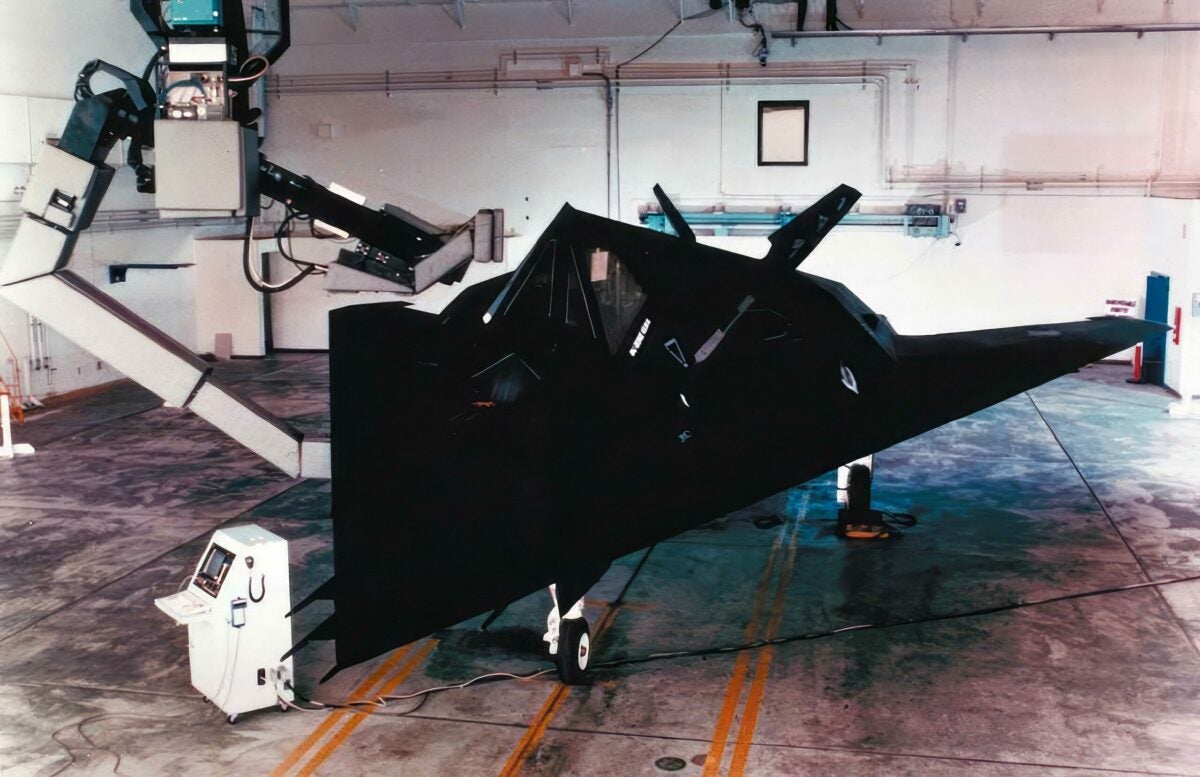The Evergreen Aviation & Space Museum in McMinnville, Oregon, is preparing to officially welcome a Lockheed F-117 Nighthawk to its collection.
Known as the “first stealth fighter,” the aircraft with its distinctive angular lines is one of 10 displayed in a museum. The official welcome party will beNovember 11 in honor of Veterans Day.
Tickets for the event were sold out by Wednesday, noted Alissa Kobe, museum marketing manager, demonstrating just how much people like this aircraft.
“Everyone is excited about this,” said Kobe.
The airplane, also dubbed as “The Lone Wolf,” will take its place in the museum’s space wing next to a Lockheed SR-71.
“Few individuals have been lucky enough to see this aircraft in person, and we have the unique privilege of being the only museum in the Pacific Northwest to provide this experience to our guests,” said museum CEO Tyson Weinert. “Sharing the Lone Wolf’s restoration journey from this first moment adds a new dimension to our community engagement.”
The keynote speaker at the welcome event will be Major General Gregory A. Feest, the Air Force chief of safety, at U.S. Air Force headquarters in Washington, D.C., and commander, Air Force safety center at Kirtland Air Force Base, New Mexico. He is a command pilot with more than 5,600 flying hours, including several in combat flying the F-117.

About the F-117
The design for the F-117 began to take shape in the 1970s during the Cold War. It was a top secret project, as classified as it gets. Much of the early design and testing was done in “secret places in the desert,” and it flew for the first time in 1985. When the aircraft was finally unveiled to the public, it looked so unusual that there were some who swore it was alien technology. The faceted design was ostensibly created to give the aircraft a lower radar profile.
The Nighthawk was used extensively during the first Gulf War. According to Kobe, the museum’s F-117, serial number 85-0816, was credited as dropping the first bomb in Desert Storm and went on to fly 39 missions during that conflict and another eight during Operation Iraqi Freedom. The aircraft was retired on October 12, 2007, and put into storage in Nevada. It had to be dismantled to be moved to Oregon.
“We had to do fundraising to move it here from Tonopah, Nevada, and now we are fundraising in order to begin the restoration of the aircraft,” said Kobe, adding that the pace of restoration is being driven by the amount of donations the museum gets from the community.
When aircraft like this are delivered to museums, they often arrive in shifts like a giant puzzle.
The day FLYING spoke with Kobe, the wings of the aircraft and a box of smaller parts arrived at the museum. Kobe stressed that the aircraft will be viewed from the outside only at this time and that all the “top secret bells and whistles” were removed from the airplane prior to its shipment. Although the F-117 was officially retired from its Air Force combat role in 2009, a few are still flying, and their technology is still classified.
The restoration process will be a long one, according to Kobe, but the museum plans to make the most of the educational opportunity by reaching out to schools that have 3D printers and asking for their help in making parts. The museum will have the assistance of those who were part of the development of the aircraft, and it will also be able to reach out to Lockheed for consultation.
The museum is encouraging donations to facilitate the restoration project.
“The faster we get the money, the faster the project can be completed,” said Kobe.
For more information visit evergreenmuseum.org.
